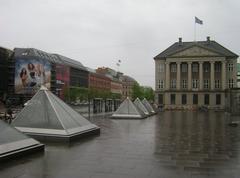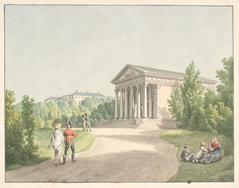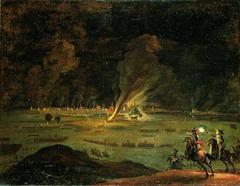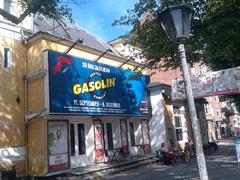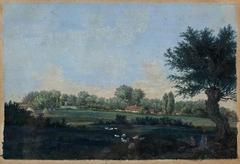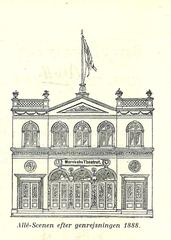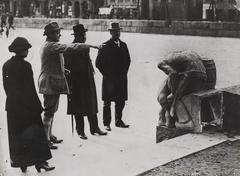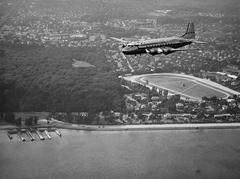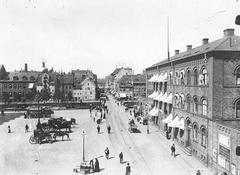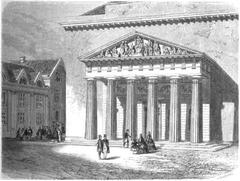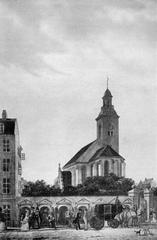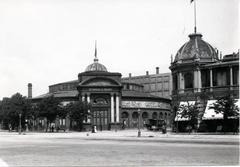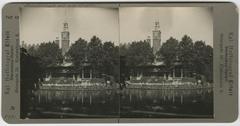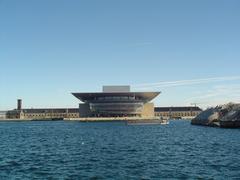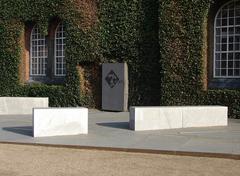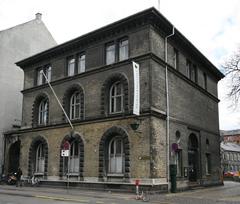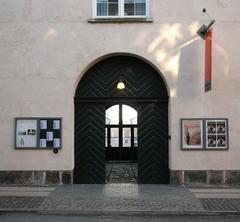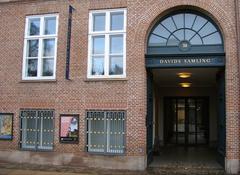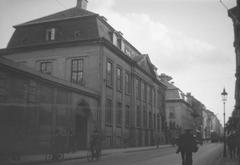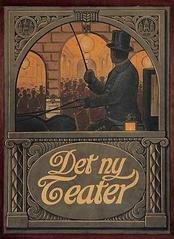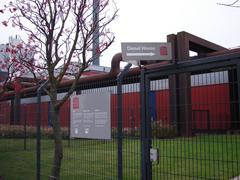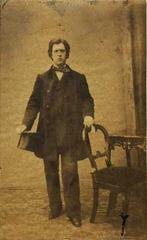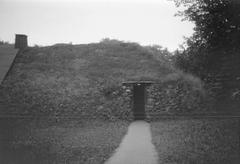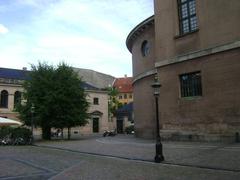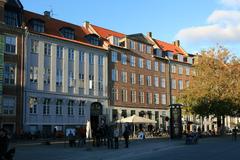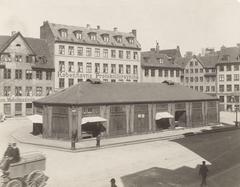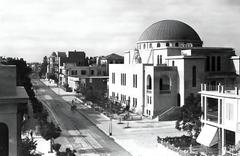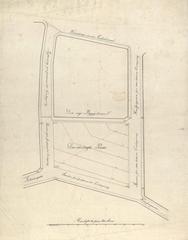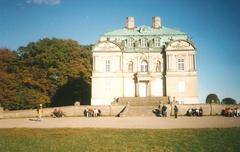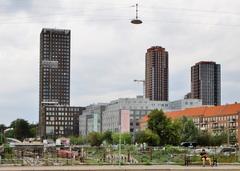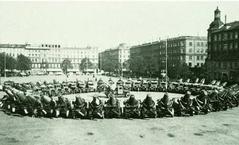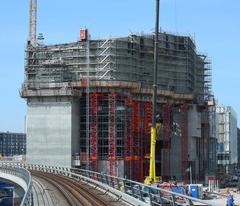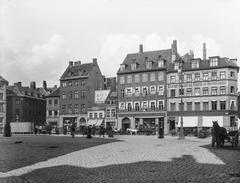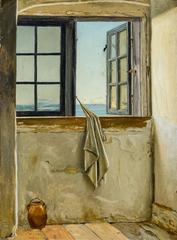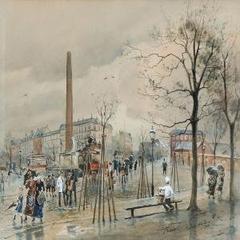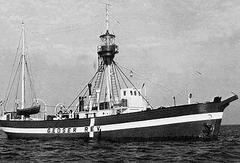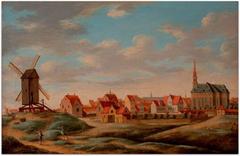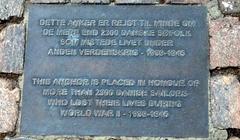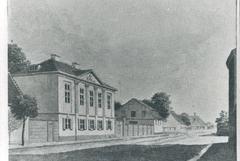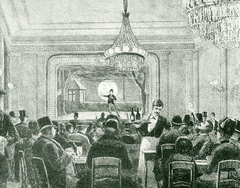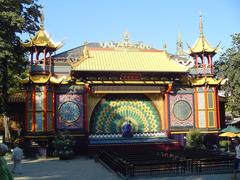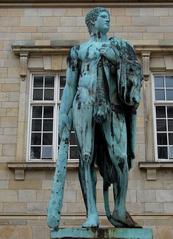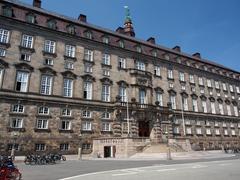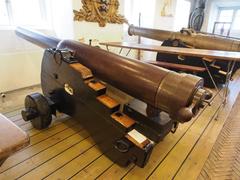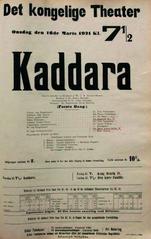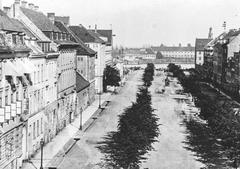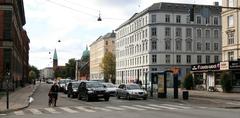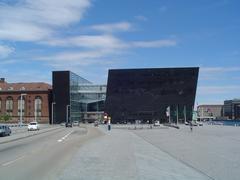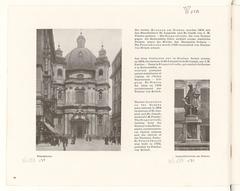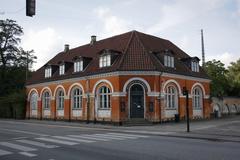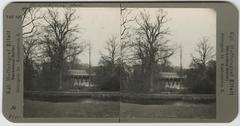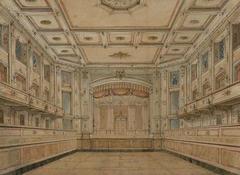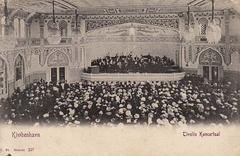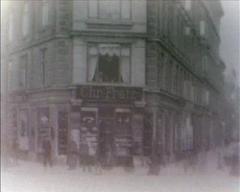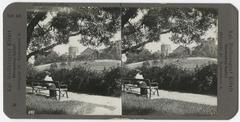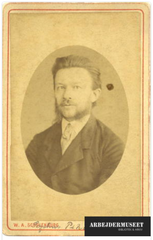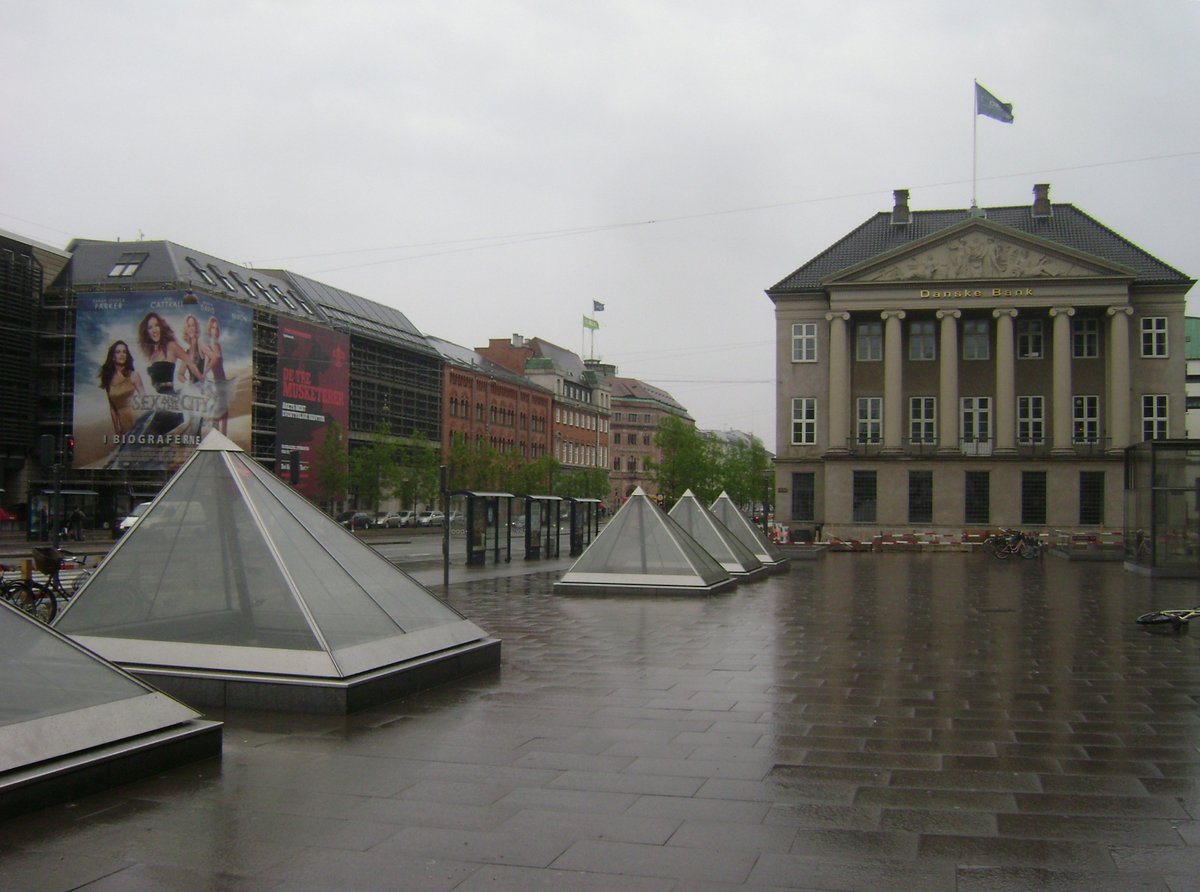
Comprehensive Guide to Visiting Kongens Nytorv Copenhagen Denmark
Date: 18/08/2024
Introduction
Kongens Nytorv, a historic square situated in the heart of Copenhagen, Denmark, serves as a captivating blend of history, architecture, and vibrant culture. This iconic square, whose name translates to ‘The King’s New Square,’ has roots that stretch back to the early 17th century, making it a crucial part of Copenhagen’s urban fabric. Initially an undeveloped area outside the city’s fortifications, it was transformed under the ambitious vision of Christian IV, who aimed to strengthen Copenhagen as a regional hub (Wikipedia). Over the centuries, Kongens Nytorv has evolved from a chaotic, garbage-strewn area known colloquially as Hallandsåsen to a refined square surrounded by aristocratic palaces and cultural landmarks (Copenhagen Museum). Today, it stands as a testament to Copenhagen’s rich history and architectural beauty, drawing tourists and locals alike to explore its storied past and vibrant present.
Table of Contents
- Introduction
- Early Beginnings and Christian IV’s Vision
- Establishment of Kongens Nytorv
- Architectural Development
- Visitor Information: Visiting Hours and Tickets
- Travel Tips and Nearby Attractions
- Modern-Day Significance
- Archaeological Discoveries
- Preservation Efforts
- FAQs
- Conclusion
Early Beginnings and Christian IV’s Vision
In the early 17th century, the area that would become Kongens Nytorv was situated outside the fortifications of Copenhagen. The eastern section of the ramparts, Østervold, ran along the western edge of the current square, with the eastern city gate, Østerport, located at the end of Østergade. The terrain outside the gate extended towards the sea and was largely undeveloped (Wikipedia).
Christian IV, aiming to strengthen Copenhagen as a regional center, acquired 200 hectares of land outside Østerport in 1606. His ambitious plans included doubling the area of the fortified city. To protect this new district, called New Copenhagen (Ny København) or Saint Anne’s Town (Sankt Annæ By), he initiated the construction of a redoubt, Saint Anne’s Post (Sankt Annæ Skanse), at the site that would later become Kastellet. By 1627, a customs house was added to the site (Wikipedia).
Establishment of Kongens Nytorv
The decision to create Kongens Nytorv was made in 1647, under the reign of Frederik III. At that time, the site was a chaotic area dominated by remnants of the old ramparts and piles of garbage, often turning into a muddy morass during wet weather. The site was popularly known as Hallandsåsen, referencing a horst by the same name that travelers had to traverse when journeying from Scania and Halland (Wikipedia).
Shortly after Christian V was crowned in 1670, he decided to level and cobble the square. This decision was primarily for military reasons, as its strategic location made it well-suited as a central alarm square. Simultaneously, the square was to serve as a place royale, inspired by French city planning (Wikipedia).
Architectural Development
The new city center was intended to be surrounded by aristocratic palaces. The first mansion built around the square was Gyldenløves Palace (present-day Charlottenborg), constructed between 1672 and 1683. This was followed by Thott Palace in 1683, which today houses the French Embassy (Copenhagen Museum).
In 1688, a Baroque-style garden was opened in the center of the square, surrounded by double tree lines and nicknamed Krinsen, meaning “The Circle” (Copenhagen Museum).
Visitor Information: Visiting Hours and Tickets
Kongens Nytorv is an open public square and can be visited at any time of the day. There are no entry fees to visit the square itself. However, nearby attractions, such as the Charlottenborg Palace, might have specific visiting hours and ticket prices. It’s recommended to check their official websites for the most accurate and up-to-date information.
Travel Tips and Nearby Attractions
- Public Transport: Kongens Nytorv is easily accessible via the Copenhagen Metro (M1, M2 lines). The Kongens Nytorv Metro Station is located adjacent to the square.
- Nearby Attractions: Apart from the historical square, visitors can explore Nyhavn, a picturesque harbor just a short walk away. Additionally, Strøget, one of the longest pedestrian streets in Europe, offers a fantastic shopping experience.
- Dining: The area around Kongens Nytorv boasts various cafes and restaurants where you can enjoy local and international cuisine.
Modern-Day Significance
Today, Kongens Nytorv remains a central and vibrant part of Copenhagen. It serves as a hub connecting various parts of the city, including the popular Nyhavn and Strøget, as well as the parallel shopping streets, Store Kongensgade and Bredgade (GuideStory). The square’s historical and architectural significance, combined with its modern-day role as a bustling urban center, makes it a must-visit destination for tourists.
Archaeological Discoveries
Archaeological excavations at Kongens Nytorv have revealed significant insights into Copenhagen’s history. The first clear human presence documented at the site dates back to the early medieval periods before 1200 AD. Excavations uncovered ditches, clay-lined pits, and other features indicating the area’s use for storage or preparation of herrings in connection with fishing in Øresund (Copenhagen Museum). The first phase of the city’s fortification, dating to the early 13th century, consisted of a rampart built using material dug up in connection with establishing the moat. The well-preserved remains of the eastern gate to the city were also uncovered during excavations between 2009 and 2016.
Preservation Efforts
Efforts to preserve Kongens Nytorv’s historical and cultural significance are ongoing. The square’s original baroque style has been maintained, and archaeological excavations continue to provide new insights into its past. These efforts ensure that Kongens Nytorv remains a vital part of Copenhagen’s heritage for future generations to enjoy (Copenhagen Museum).
FAQs
- What are Kongens Nytorv’s visiting hours? Kongens Nytorv is an open public square and can be visited any time of the day.
- How much are tickets to Kongens Nytorv? There is no entry fee to visit the square itself. However, nearby attractions may have their own ticket prices.
- What are the best attractions near Kongens Nytorv? Nyhavn, Strøget, and Charlottenborg Palace are some of the top nearby attractions.
For more detailed information, visit the official websites or contact the local tourist information centers.
Conclusion
Kongens Nytorv remains an essential part of Copenhagen’s cultural and historical landscape. From its origins as a muddy, undeveloped area to its current status as a bustling urban hub, the square has undergone significant transformations that reflect the broader history of the city. The architectural marvels surrounding the square, such as Charlottenborg Palace and the Royal Theatre, offer a glimpse into the opulent past of Denmark’s aristocracy (Copenhagen Museum). Meanwhile, modern-day visitors can enjoy a range of activities, from exploring nearby attractions like Nyhavn and Strøget to dining in historic establishments such as Hviids Vinstue (GuideStory). Archaeological excavations continue to unearth new insights, ensuring that Kongens Nytorv remains a vital part of Copenhagen’s heritage for future generations to appreciate (Copenhagen Museum). Whether you’re a history enthusiast, architectural aficionado, or simply looking to soak in the vibrant atmosphere, Kongens Nytorv promises an unforgettable experience.
References
- Wikipedia. (n.d.). Kongens Nytorv. Retrieved from Wikipedia
- Copenhagen Museum. (2021). Kongens Nytorv Cultural Historical Report Del 1. Retrieved from Copenhagen Museum
- Copenhagen Museum. (2021). Kongens Nytorv Cultural Historical Report Del 7. Retrieved from Copenhagen Museum
- GuideStory. (n.d.). Kongens Nytorv. Retrieved from GuideStory
